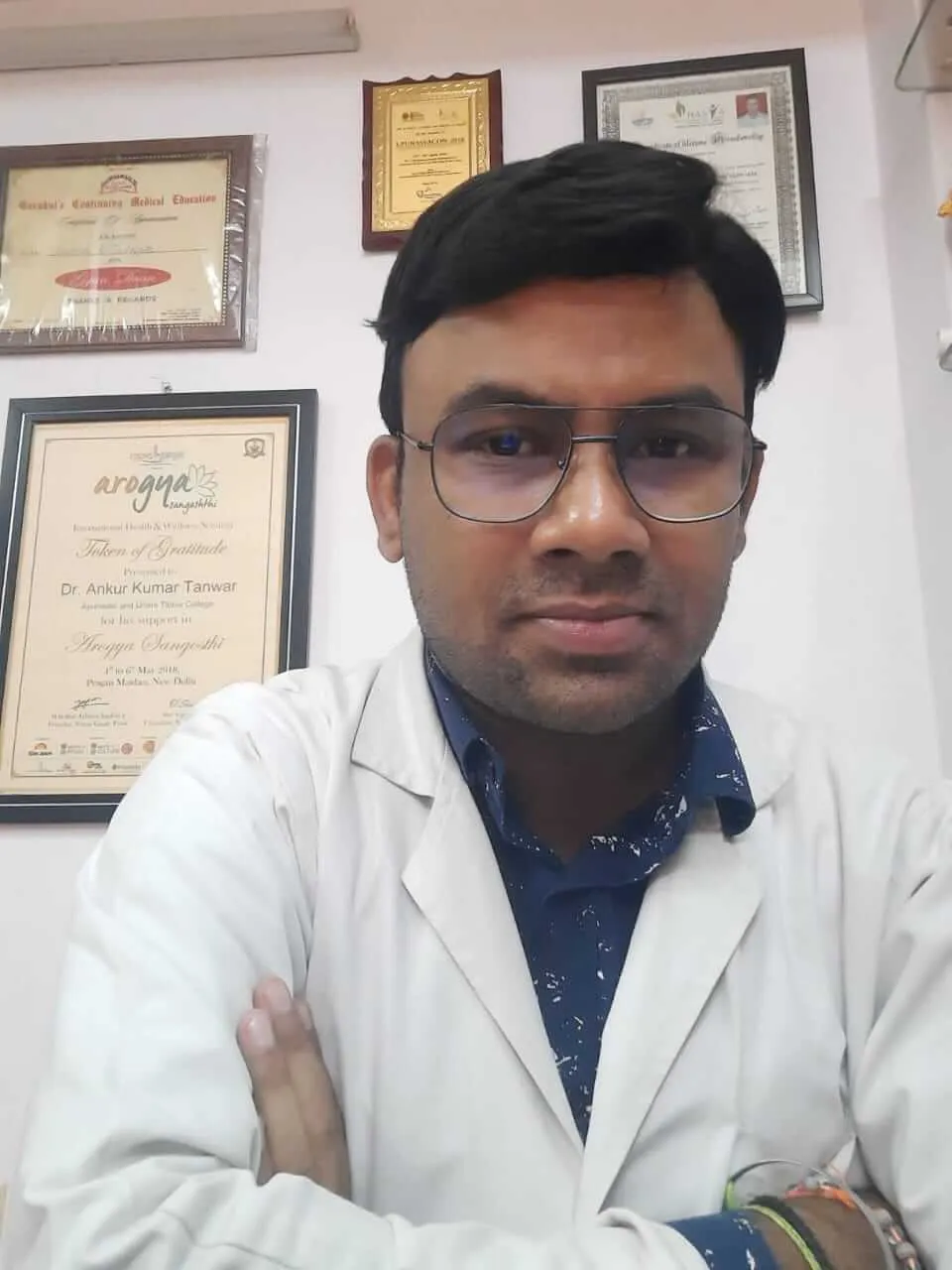Description
Ayurveda offers holistic approaches to managing COPD by balancing the body's doshas, particularly Vata and Kapha. Herbal remedies like Vasaka, Tulsi, and Licorice help soothe respiratory passages and reduce inflammation. Practices such as pranayama (breathing exercises) and yoga enhance lung capacity and ease symptoms. Dietary modifications focus on reducing mucus-forming foods and strengthening digestion. Panchakarma therapies like steam inhalation and detoxification aid in improving overall respiratory health.
Summary Listen
- COPD, encompassing emphysema and chronic bronchitis, is a chronic lung disease characterized by restricted airflow and breathing difficulties. Globally, it's a major cause of death, particularly in low and middle-income countries, with smoking being a significant contributor in high-income nations and household air pollution playing a key role elsewhere. In India, COPD is a leading non-communicable cause of death after ischemic heart disease, with a substantial increase in cases and deaths reported over recent decades.
- The causes of COPD include long-term exposure to irritants such as smoking, fumes from burning fuels, and workplace chemicals. Pathophysiologically, these irritants damage the lungs, hindering airflow and gas exchange, leading to conditions like emphysema (destruction of alveoli) and chronic bronchitis (inflammation and mucus production in bronchial tubes). Symptoms include chest tightness, fatigue, coughing, shortness of breath, and exacerbations triggered by factors like air pollution and infections.
- Diagnosis of COPD involves symptom evaluation, risk factor assessment, and confirmation through spirometry. Further tests like the six-minute walk test and radiographic imaging can be used. Complications of COPD include respiratory infections, heart disease, lung cancer, pulmonary hypertension, anxiety, and depression. Management focuses on smoking cessation, pollution avoidance, vaccinations, medication, oxygen therapy, and pulmonary rehabilitation.
- Ayurvedic perspectives categorize COPD under "Swasa Roga," attributing it to aggravated Vata and Kapha obstructing Prana channels. Ayurvedic treatments include herbs like Tulsi, Vasa, and Licorice for their anti-inflammatory and bronchodilatory properties. Panchakarma therapies like Vamana and Nasya, alongside Pranayama and dietary modifications, are also recommended. Lifestyle adjustments involve avoiding allergens and pollutants, practicing yoga and meditation.
- Research indicates that Ayurvedic interventions, including specific herbal compounds (like Shirish) and yoga-based pulmonary rehabilitation, can positively impact respiratory function and symptoms in COPD patients. Classical Ayurvedic preparations using herbs such as Haridra and combinations effective in respiratory conditions.
Sample Certificate
About the Speakers

Vaidya Ankur Kumar Tanwar
Assistant Professor, Rajshree Ayurvedic Medical College, Uttarpradesh
Financial Disclosure
Comments
Comments
You must be logged in to leave a comment.